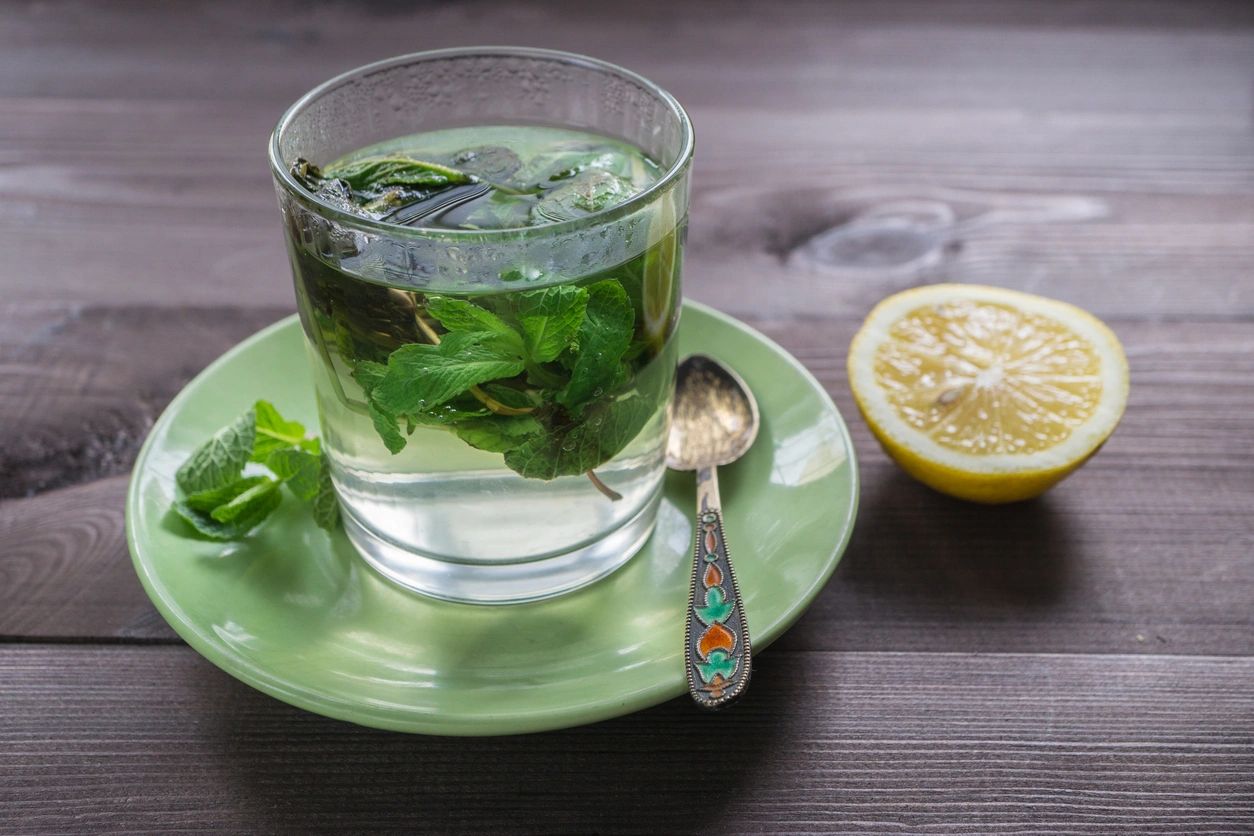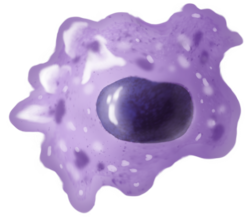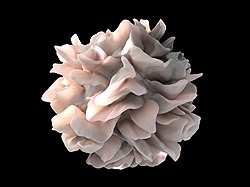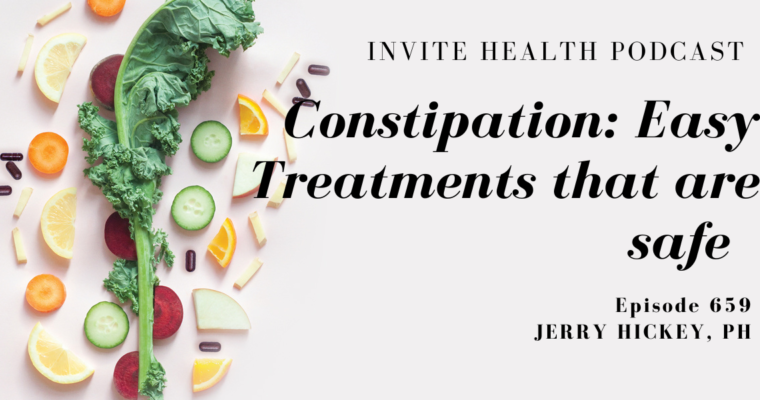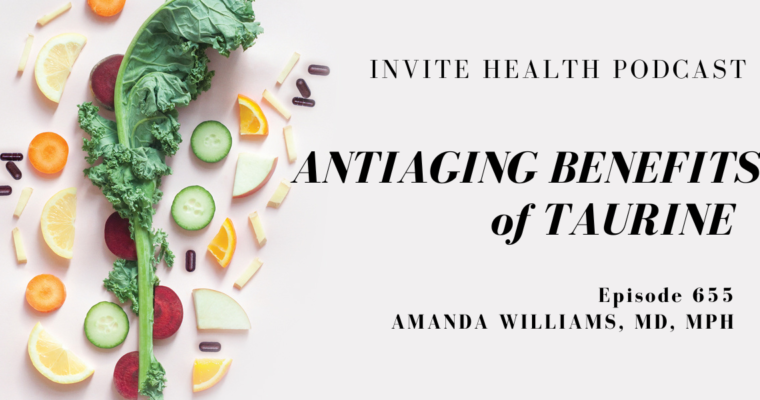Subscribe Today!
Please see below for a complete transcript of this episode.
BEING SUPPLEMENT SAVVY IN THE SUMMER, INVITE HEALTH PODCAST, EPISODE 649
Hosted by Amanda Williams, MD, MPH.

InViteⓇ Health Podcast Intro: [00:00:04] Welcome to the InViteⓇ Health Podcast, where our degreed health care professionals are excited to offer you the most important health and wellness information you need to make informed choices about your health. You can learn more about the products discussed in each of these episodes and all that Invite Health has to offer at, www.invitehealth.com/podcast. First time customers can use promo code podcast at checkout for an additional 15% off your first purchase. Let’s get started. † [00:00:34]
Amanda Williams MD, MPH: [00:00:40] With summer being right around the corner, now is the time that you want to be supplement savvy. And today I want to talk about some different nutrients that can really help to kind of push you into the summer heat and in a healthy way. I am Dr. Amanda Williams, scientific director at Invite Health. And when it comes to the summer, people oftentimes really look forward to this time of the year. The weather’s warmer, maybe you have pool parties to go to, going to the beach and you want to do this in a way that you can get the most out of your summer activities. We always have to zero in on paying attention to our hydration. Clearly, in the summer months, the human body is much more prone to having the effects of dehydration. This has been well-studied, and we can clearly see that summer heat can put us at risk. Dehydration, this can drive up our blood pressure, certainly create significant electrolyte imbalances. So, if you get to the point where you feel thirsty, you know that you’ve waited way too long. So, water, water, water, this is our key. We know that insufficient drinking of water is a problem that many Americans have year-round. But in the summer in particular, because oftentimes if you’re not profusely sweating, you don’t recognize that you actually have a good amount of fluid loss. And this can create problems when it comes to your electrolyte balance, which can then create problems for muscle cramps and blood pressure going up and even having problems with controlling and regulating your blood sugar. So, for those who fall into those categories of already dealing with high blood pressure or dealing with type two diabetes or metabolic syndrome, you do really want to pay attention to your fluid intake during the summer months. We have wonderful formulations that you can turn to including the Alkalizer powder, which is a great combo of magnesium, potassium and beta alanine. Beta alanine is a very powerful amino acid that helps our body recover from the effects of stress. And we look at the Journal of Nutrients In 2020, they looked at the impact of beta alanine supplementation on physical performance. We can see how beta alanine has been shown to help with muscle strength and muscle recovery. We know that many things happen when we fall victim to dehydration and excess lactic acid building up. † [00:03:17]
[00:03:18] Beta alanine really can have a positive impact on us. In this particular study, they did a meta-analysis to analyze the effects of beta alanine supplementation on overall physical performance, and we can see how the influence of this powerful nutrient is working to help our physical functionality when it comes to that muscle recovery and muscle repair. So having beta alanine as part of the Alkalizer powder, really makes for a super summer drink that you can turn to. It is a lovely natural lemon flavor, and this has it’s kind of effervescent, so it’s great for the summertime. You can add this in with some ice and have yourself a nice hydrating glass of magnesium, potassium and beta alanine. Helps to create a nice alkalinity within the body, helps. with the regulation of your pH, and of course, it’s helping our body normalize our electrolyte balance. So that’s one thing that we can turn to. † [00:04:23]
[00:04:23] Another thing that we should always pay attention to, is during the warmer summer months, we know that there is a direct association between the impact of folate levels. So, folate is a B vitamin folate levels starting to plummet. And that is something that we definitely don’t want to have happen, because folate is needed for so many different functions in the body, including looking at the ability for the body to detoxify. So, we need folate for detoxification, we need folate for energy. We need folate for our neurotransmitters. And we know that there is, this association between seasonal folate levels and UV radiation. So, the sun itself can actually degrade folate in the human body. And we see this with vitamin D, for example. We know that vitamin D levels can go up during the summer because of the UV, and that’s our sunshine vitamin. But we see the opposite happening with folate. And so, this is why we should always make sure that during the summer months, we add in Methyl B, so Methyl B is that bioactive folate, so it’s methyl folate. Taking this formulation throughout your summer will be incredibly helpful to make sure that your body is protected from photo degradation of your folic acid. We don’t want that to happen. So, we want to avoid those seasonal variations and maintain healthy folate levels. † [00:05:55]
ICYMI:YEAR ROUND IMMUNE SUPPORT, INVITE HEALTH PODCAST, EPISODE 647>>LISTEN NOW!
[00:05:55] Now, we also know something about photo aging, and that is that the sun can really raise havoc when it comes to the health of our skin, and we can accelerate the aging process, have more fine lines and wrinkles. Many times, people describe them as age spots. And we don’t want this to happen either. So how can we topically address this issue? Well, we have our wonderful, enhanced vitamin C toning serum, which contains a 20% vitamin C serum along with Coenzyme Q10, to help energize your little skin cells, Vitamin E for the hydration, and the antioxidant benefits of vitamin E has wonderful natural oils in it, such as Argan Oil. And we know that the skin itself goes through so many different environmental stressors from the sun itself to different air pollutants. So, by having a serum that we can apply, that can help to improve the appearance, not only of the fine lines and wrinkles, but really zero in on those areas of sun damaged skin. This is a wonderful addition to your supplement routine. Now, this is a topical serum, so we’re not taking this orally. But it would be incredibly helpful to also take vitamin C tablets, or capsules along with collagen throughout the summer as well. So always want to zero in on how we can support our skin’s health from the topical approach, but also internally. So having vitamin C and Collagen, taking those as a supplement every day. And then topically applying that vitamin C toning serum, very, very beneficial. So that is some of the things that we can be doing. † [00:07:40]
[00:07:40] Now, we can also look and say, should I be drinking sports drinks throughout the summer? No, we shouldn’t. When we have powerful fruit and vegetable extracts that are packed with wonderful vitamins, minerals and powerful antioxidants that we can sip on throughout those warm months, so we can look at something like the Reds Hx, for example. Which is a wonderful blend of close to 40 fruit and vegetable extracts along with a probiotic blend in that. Remember, you don’t want to let your immune system guard down during the summer either because viruses exist year-round. So, you don’t want to succumb to a summertime virus, so having the Reds Hx on board not only helps with a lovely glow for your skin and the hydration for your skin. but it also helps to support the immune system with that probiotic that’s added into that formulation. Now, this is a powerhouse of an antioxidant formula. Having those different fruit and vegetable extracts that really help the body. All of those carotenoids that give the eyes additional support, your respiratory system, additional support, your brain additional support. And of course, we are working on that hydration aspect once again, because one scoop of that Reds, added into eight or ten ounces of water allows the body to maintain that nice, healthy fluid balance. Now, there are many other things that we can turn to throughout the summer to allow us to get the most out of those warm months. And this is when you want to speak with one of our nutritionists and tell them what your health concerns are and what you are trying to get out of your summer, and they can guide you to the best formulations to suit your needs. † [00:09:23]
DIY NATURAL SKIN CARE RECIPES>>READ NOW!
[00:09:23] But that’s all that I have for you for today. So, if you’re going to the pool, you’re going to the beach, make sure that you have your alkalizer powder, your Reds Hx, it’s your vitamin C serum and your Methyl B and be sure to tune in to future episodes of the InViteⓇ Health Podcast. Remember, you can find all of our episodes for free wherever. You listen to podcasts or by visiting, invitehealth.com/podcast. Do make sure that you subscribe, and you leave us a review. You can follow us on Facebook, Twitter and Instagram, and we will see you next time for another episode of the InViteⓇ Health Podcast. † [00:09:23]




